
views
Bhopal: Inaugurated with fanfare in year 2013, the Bus Rapid Transit System (BRTS) — the much hyped modern public transport system, is about to be scrapped from Madhya Pradesh capital Bhopal.
The length of the pilot corridor is 23.95 kilometres and the width of the corridor is between 30 metres and 60 metres. Altogether, there are 82 bus stops on the corridor starting from the Misrod Section to the Bairagarh Section, making it the longest BRTS corridor in India.
The contentious traffic management system has been under the scanner since its inception especially due to the traffic snarls it created at congested roads and the frequent road accidents which occurred due to the dedicated corridor.
Two days ago, an SUV rammed into the corridor in Bairagarh area and one of the occupants died in police custody. This has brought to fore the operational hassles of the futuristic transport system under spotlight yet again.
After a negative feedback from the natives of Bairagarh, Minister of Urban Administration Jaivardhan Singh has announced that the government is considering to scrap the structure from the roads of Bhopal.
The Urban Administration minister has invited Dr S Velumurugan, a senior principal scientist of Central Road Research Institute (CRRI), New Delhi for assessing the feasibility of the BRTS corridor in Bhopal. The minister is due to meet Dr Velumurugan on June 25.
The visiting scientist had also helped Delhi’s AAP government to dismantle the troublesome infrastructure from the roads of Delhi in 2016.
Between 2016 and 2018, the 24-km corridor has seen 121 accidents and 21 casualties, a prominent reason why locals are opposing this project. Even before the project was complete, it had led to as many as 1600 road accidents in four years till 2013, leading to deaths of 119 people.
The corridor has created multiple issues for a busy market area like Bairagarh where business activities are adversely affected due to traffic congestions, primarily generated by the BRTS corridor as there is little space left on either side of the corridor making traffic jams a routine thing for the area.
The situation is similar at narrow roads in other parts of the city as well.
On Jan 16, during a chat with a local businessmen the minister had announced to remove the corridor from the area but instead of implementing the same, the government officers announced that certain riders including school buses will be allowed in the corridor.
However, the authorities later claimed that no bus owners have applied for the same.
Technical experts believe that the process of removing the corridor is as expensive as building it since the process entails almost 40% of the total input cost. At the time of starting this project, the authorities had promised that buses would be made available at these corridors at an interval of five minutes, a promise never fulfilled. Most of the time, the corridor remains empty and traffic jams on either side of it keep the commuters hassled.
Former DGP and member of Bhopal Citizens Forum, Arun Gurtu, blames the same for lack of traffic density. Unlike Indore, which always grew vertically, Bhopal is primarily developed horizontally. “This is why BRTS buses doesn’t get much traffic,” said Gurtu claiming that BCF had raised several concerns when the corridor was being planned.
“Feeder services should be there to let commuters reach the BRTS corridor easily but unfortunately this never happened,” he added. In foreign countries, there are parking lots besides such corridors so that people can park their two-wheelers before boarding the buses, this again never happened in Bhopal.
Despite such operational hassles, Gurtu is of the view that dismantling such a structure would be a regressive step as it’s a futuristic mode of transport and removing this would mean a lot of public money going down the drain.
Anil Chawla, an engineer from IIT Bombay, in Dec 2018 had written an open letter to UAD minister Jaivardhan Singh urging him to alter policies to support a system like BRTS.
In the letter, he had mentioned that efficiency of a transport system should be measured with the number of people moving in either direction of the road per minute and not the vehicles.
“Sadly, the original concept of BRTS was modified during the previous government to create a monopoly for a single bus operator. The exclusion of other buses and public vehicles from BRTS created a situation where BRTS has less than one vehicle in ten minutes. Presently the BRTS has a movement of less than five persons per minute in either direction which is much less than the same in general lanes.
The engineer had suggested that public vehicles including school buses, college buses, company buses, mini-buses, long distance buses, ACE Magic, tempos and every vehicle that is used for public transportation and has the capacity to carry more than eight persons should be allowed to operate n he corridor. Private vehicles with more than six occupants on the liens of USA should also be allowed.
In 2013, State Assembly Estimates Committee had inspected the corridor and had offered suggestions in a report submitted to the Madhya Pradesh assembly. The committee led by chairman OP Saklecha had offered suggestions including 20 foot-over bridges to let pedestrians reach the corridor safely, flyovers to avoid congestions at traffic crossings and side lanes on either side of the corridor for private cars.
However, seeing the project in its current form, it seems hardly anything was done in accordance with the suggestions.










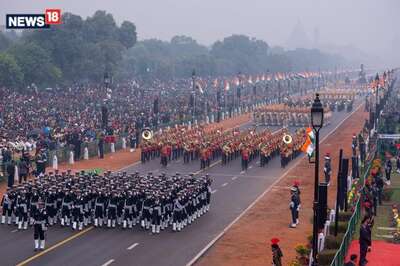

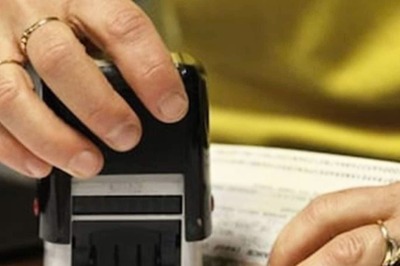
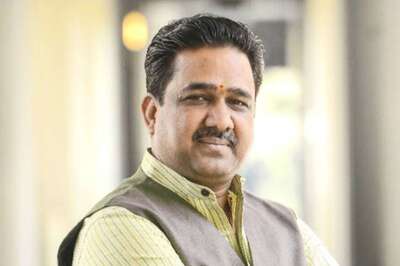
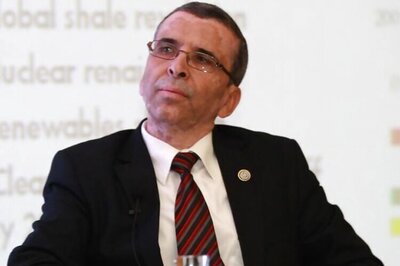

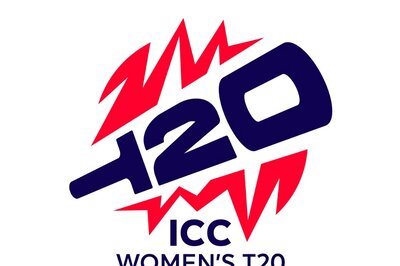



Comments
0 comment